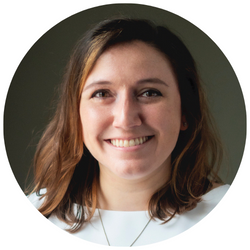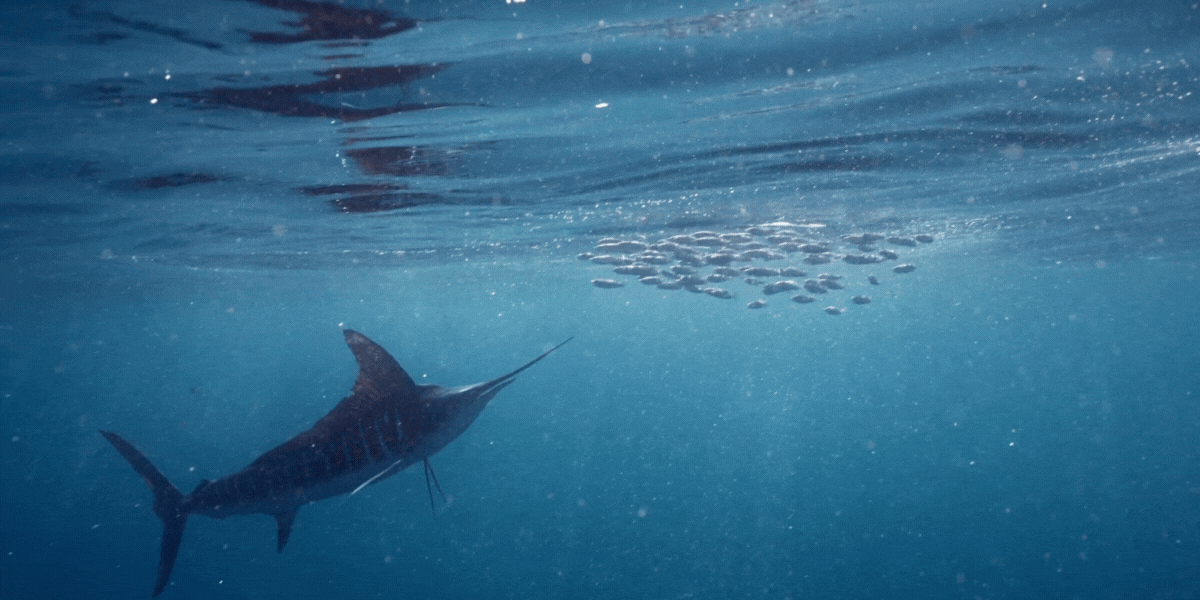However, as haiku finds its way into the English language (and others), it encounters challenges that threaten to dilute its essence and distort its beauty. So we went on a deep dive to answer the question:
Is the English language inadvertently butchering haiku, robbing it of its authenticity and depth?

Haiku traces its origins back to 17th century Japan, when it evolved from the earlier poetic form known as hokku, which was the opening stanza of a collaborative linked-verse form called renga. It was Matsuo Bashō, one of the most famous Japanese poets of all time, who elevated hokku to an independent art form.
Bashō's hokku were characterized by their simplicity, brevity, and focus on capturing a fleeting moment in nature. One of Bashō's most famous poems is "The Old Pond" (or "The Ancient Pond," depending on your translation).

It was Japanese poet and literary critic Masaoka Shiki who first used the term haiku in the 19th century to describe this standalone poetic form originally popularized by Bashō.
Around this time, haiku gained widespread popularity, leading to various schools of haiku composition with differing styles and philosophies. This is when themes of haiku expanded beyond nature to encompass everyday life, emotions, and human experiences.
Haiku also made its way to other parts of the world, influencing poets like Ezra Pound, Jack Kerouac, and the Imagism movement. Over time, haiku has become a globally recognized artform, appreciated for its simplicity, vivid imagery, and ability to evoke profound emotions in just a few words.
At the heart of haiku lies its unique structure, which is often taught to English-speakers as: three lines, typically consisting of 5, 7, and 5 syllables, respectively. But there's a problem. This isn't what makes a haiku.
In fact, "syllables" isn't a faithful interpretation of the component of language that guides haiku structure in Japanese. In other words: we English speakers have been doing it all wrong.

Virtually all English-speaking schoolchildren have been introduced to haiku, often while first learning about syllables or poetry, and have struggled through the difficulty of creating a poem that follows the strict 5-7-5 pattern.
But that pattern has been called, by some scholars, "an urban myth."
More accurately, it is an inadequate adaptation of how haiku is structured in Japanese. As Professor Haruo Shirane says in the introduction of Kōji Kawamoto’s The Poetics of Japanese Verse, “the term syllable is an inaccurate way of describing the actual metrical units of Japanese poetry."
That's because syllables, as we know them in English, do not exist in Japanese. (In fact, some scholars argue they don't exist in English, either! But that's a different topic.)
In Japanese, the structure of haiku aligns harmoniously with the rhythm and cadence of the "sounds" or "beats" of the language, allowing for a seamless fusion of form and content. When translated into English, this harmony is often lost, as the constraints of the original Japanese do not neatly correspond to English syllable patterns. (To put it simply: each Japanese character is kind of like what we would think of as a consonant-vowel pair, making their words much denser. For this reason, Japanese readers are often shocked by how long English haiku are!)
Perhaps even more problematic, the cultural context surrounding haiku is often overlooked or misunderstood in English haiku. Haiku traditionally draws inspiration from nature and the seasons, focusing on the profound connection between the human experience and the natural world.
In fourth grade, you probably didn't learn that traditional Japanese haiku also often includes a "season word" (known as kigo in Japanese) and a kireji, literally "cutting word," or a word that completes an expression quickly. (Examples in English include "Ah!" and the em dash —.)
Perhaps most importantly of all is the imagery. Haiku is intended to evoke a certain moment in time and space, as well as a specific emotion far greater than the small passage on the page.
In English-language haiku, all these components beyond syllables are often used superficially — or are absent altogether.
Does this mean English-language haiku is a mere imitation devoid of the soulful resonance that defines the artform?

Around the turn of the 20th century, Masaoka Shiki was a big proponent of bringing haiku into the modern age. He recommended modern themes and language that weren't found in conventional haiku, and some of his work reflects that, including haiku written about baseball when the sport first spread to Japan.
“Shiki brought innovation to haiku and established the poetic form as modern literature," according to the Public Relations Office of the Government of Japan. And indeed not everyone agreed with this modernization of a traditional Japanese artform over the decades.
A discussion of haiku would not be complete without acknowledging a painful point in its history: during World War II, when the Japanese government was using art to promote nationalism and support for the war effort, haiku poets who used their poetry to express dissent faced censorship and even arrest.
The government utilized its extensive surveillance and propaganda network to monitor artistic output and suppress dissenting voices, mainly targeting poets in the "New Rising Haiku" movement (shinkô haiku undô), who were attempting to write non-traditional haiku addressing new topics related to contemporary life, like social inequality.
After the war, gendai haiku (modern haiku) evolved into a popular movement, inspired by the ideals of the New Risking Haiku poets, while many still practice classical haiku. This transition into the modern world is yet another topic that would require a whole separate essay to delve into, but the point is this:
A tension between traditional and modern haiku has always existed. So, as outsiders, how should we approach this tension?
In his essay "Beyond the Haiku Moment," Professor Haruo Shirane presents it like this:
The adaptation of haiku into English is certainly not clear-cut, and it's important to recognize that while the English language has undoubtedly embraced haiku with enthusiasm and admiration, its attempts to translate and adapt this venerable poetic form have not always been successful.
But that doesn't mean we shouldn't try.

Way back in February 1904, Japanese writer Yone Noguchi published "A Proposal to American Poets," in The Reader Magazine,in which he outlined his own English haiku efforts, and ending with:
(He also famously told William Butler Yeats to try his hand at the classic Japanese theater form Noh. Again, a topic for another day.)
Whether a true invitation or not, poets around the globe continue to explore and appreciate the beauty of haiku in all languages. As we do, it is essential to approach this ancient art form with humility and respect for its rich history.
Only then can we truly appreciate the timeless beauty of haiku.




























